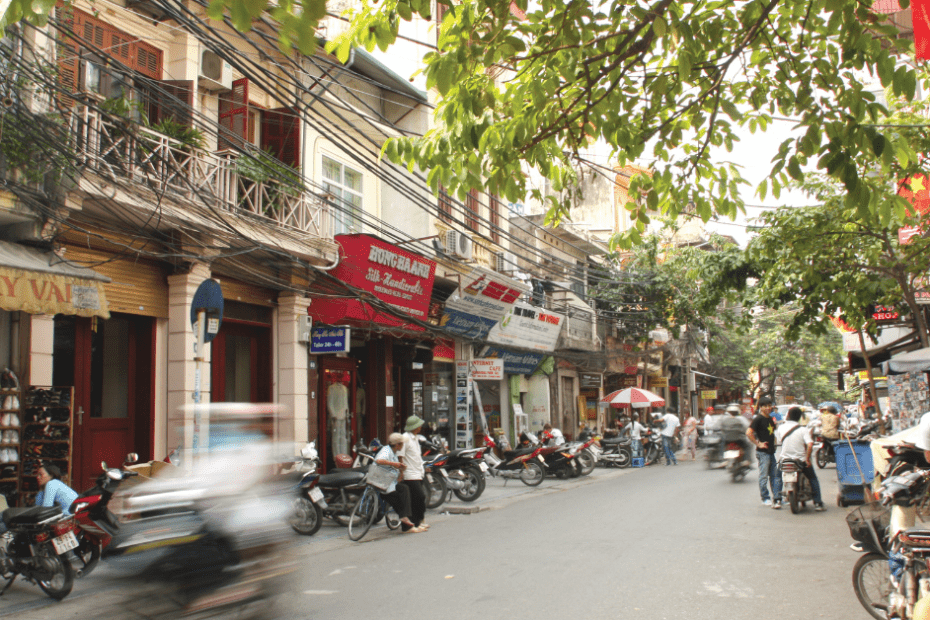HAVING A BALL IN HANOI, VIETNAM’S COMPELLING CAPITAL
HANOI’S LABYRINTHINE OLD QUARTER homes the city’s most celebrated landmarks and is without doubt the best place to stay. Its tree-lined boulevards, elegant squares and cobbled lanes are packed with French-built colonial buildings and ancient temples, but also bustling markets, cafés and hawker stalls. It’s where East meets West.
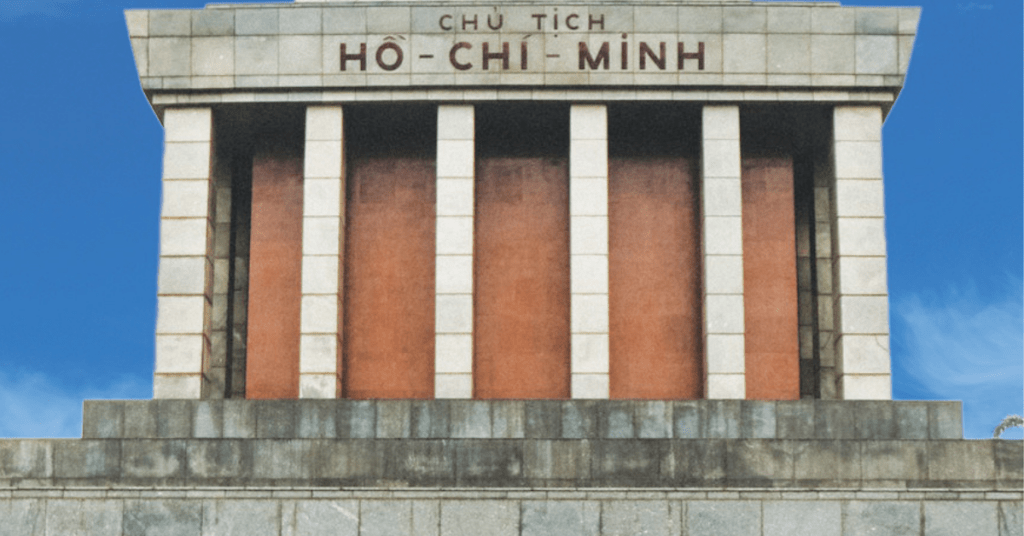
HO CHI MINH’S MAUSOLEUM is a kind of cult trip; a gruesome view of retro Vietnam. Uncle Ho, the former communist leader, revolutionary, prime minister, president and Viet Cong founder, who led his country to independence, “lives on” in a mausoleum that is an identikit to Lenin’s in Moscow.
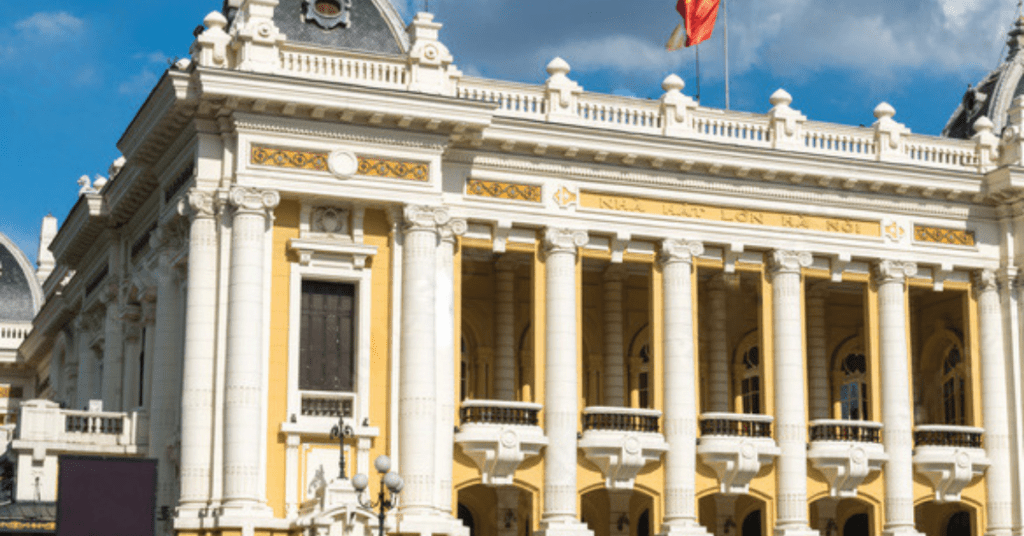
HANOI OPERA HOUSE was built by the French colonial administration between 1901 and 1911, and it’s a neoclassical masterpiece, modelled on the Palais Garnier, the older of Paris’ two opera houses. One of Hanoi’s best loved landmarks, it hosts cultural performances, bamboo cirque, contemporary dance, orchestral concerts and government events.
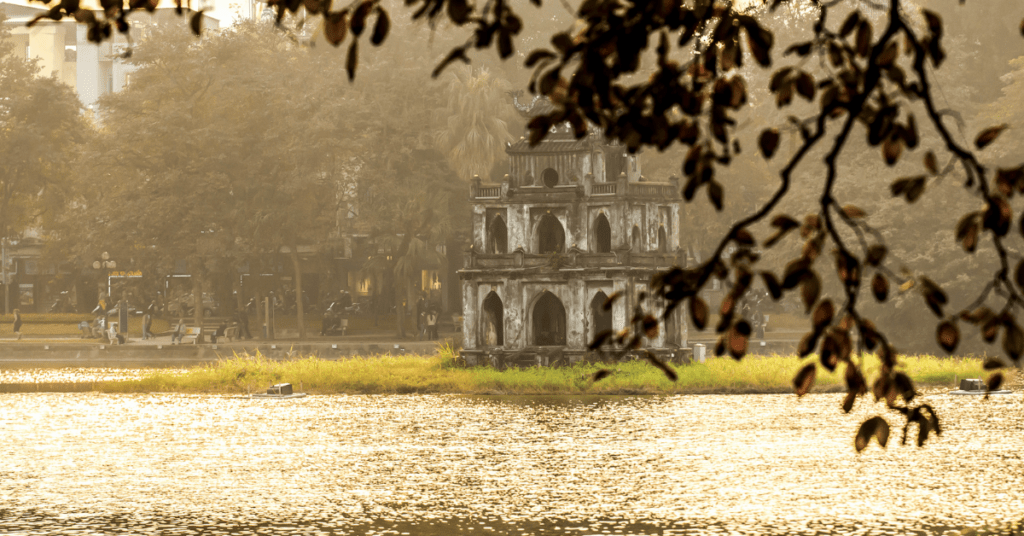
HOAN KIEM LAKE is where Hanoi wakes up. This is where you see the city folk yawning, stretching, dancing, jogging, tai chi-ing, coughing and hawking their way into the day. The calm water on one side, with Ngoc Son Temple in the middle, balances the gradually increasing chaos of traffic and life on the other.
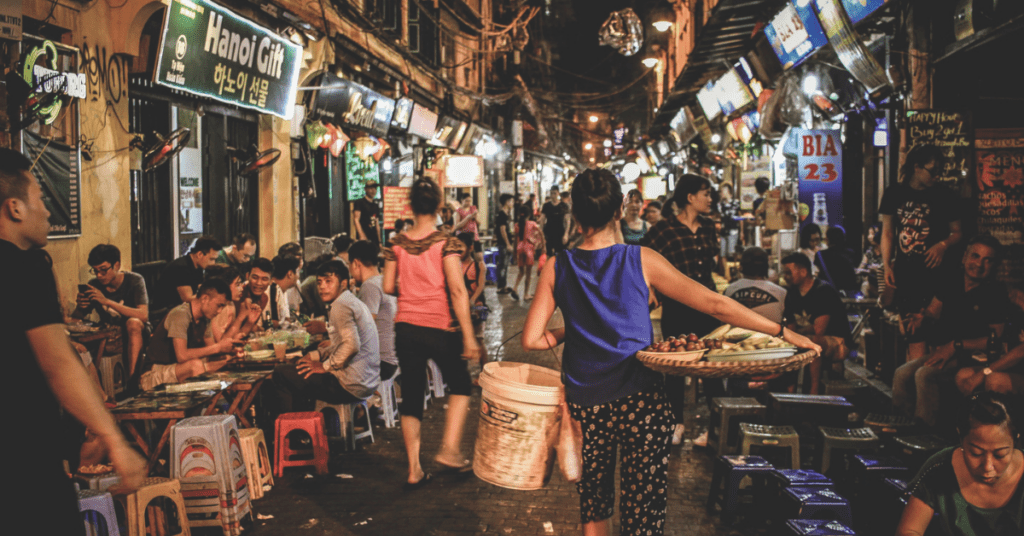
THE BAR CORNER is the place to be at sundown; head to one of the usually alfresco “beer stops” that siphon Bia Hoi beer from kegs into chipped, recycled glasses, for peanuts. Bia Hoi is ridiculously cheap, even weaker than American beer, and makes for the most refreshing drink you can get, bar a lime soda.
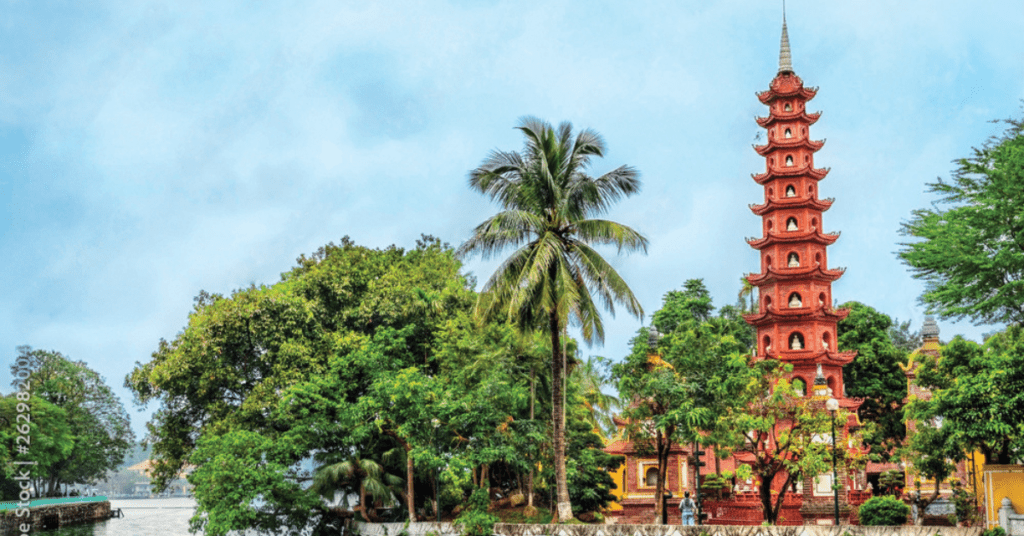
TRAN QUOC PAGODA, set on an islet within Ho Tay Lake, is one of the oldest pagodas in Vietnam, built during the reign of Emperor Ly Nam De (541–547AD). The 15-metre main stupa is made up of 11 levels, topped by a ninestorey lotus, and it’s surrounded by lush greenery, incenseburning houses, a Buddhist shrine and a museum.
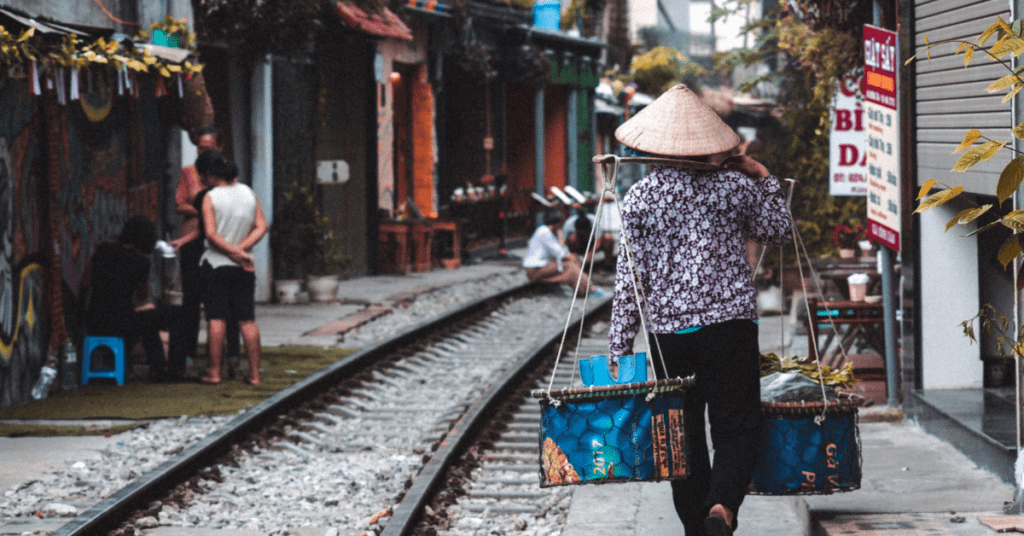
TRAIN STREET comprises a 300-metre stretch of city rail line crammed between weathered French-colonial buildings. On both sides of the tracks, cafés serve up drinks way too close to the passing trains, as daredevils on motorbikes and street sellers pushing carts squeeze by.
